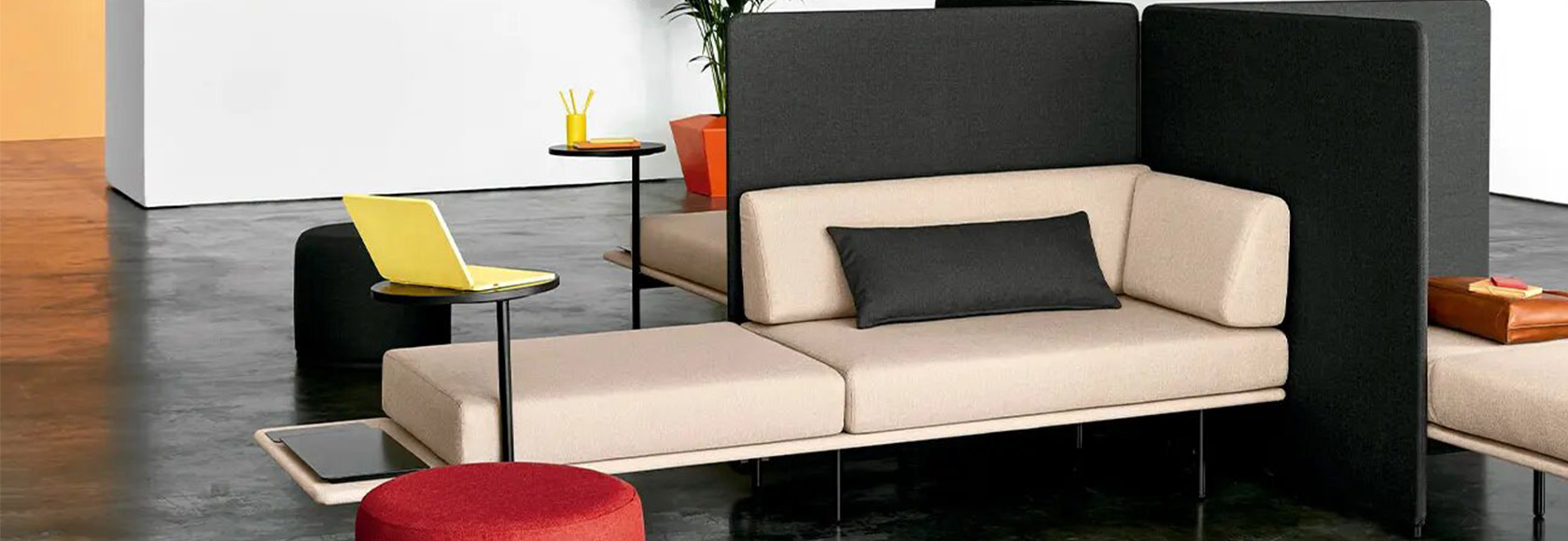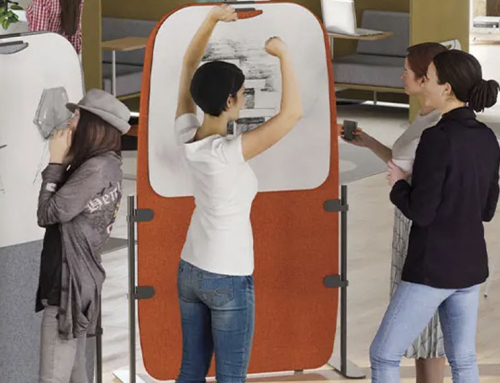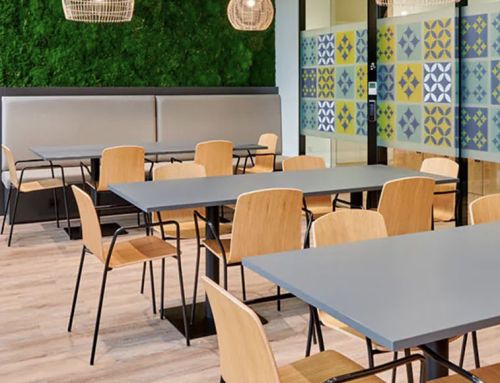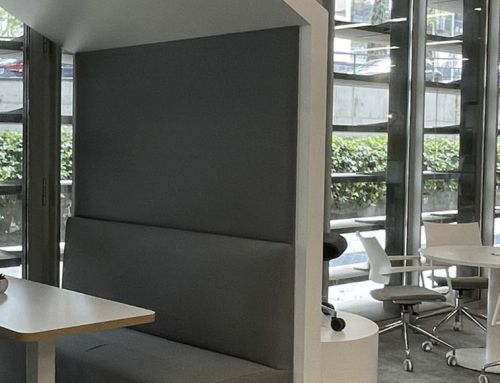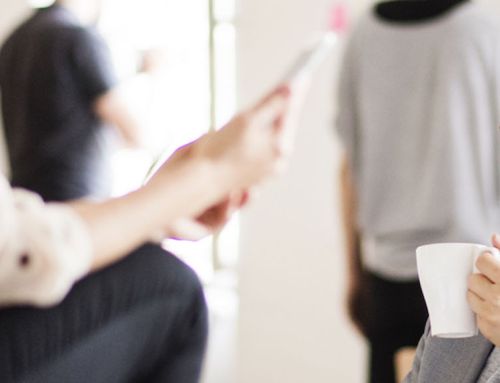Breakout areas are essential in any office. Having spaces to unwind and take a break is very positive for the physical and emotional well-being of workers, and this translates into higher levels of engagement and motivation.
Why create breakout areas in an office?
There are many reasons for creating breakout areas in the office:
- They improve worker wellbeing. Offices today are more than a workspace, they are a way of working that focuses on people and their wellbeing. Rest areas are key to this well-being. Psychological pressure relaxes and our mood improves with just a 15-minute break.
- They facilitate communication and collaborative work. Breakout areas can be used as collaborative work areas, an ideal setting for informal conversations and exchanging ideas with colleagues.
- Breakout areas improve productivity. Well-being translates into improved staff productivity.
- They encourage creativity. Spontaneous exchange of ideas enhances team creativity. That creativity needs friendlier spaces.
- Brand image: rest areas convey that the company cares about its people, helping its image to be positive for its internal customers (employees) and consequently for its external customers.
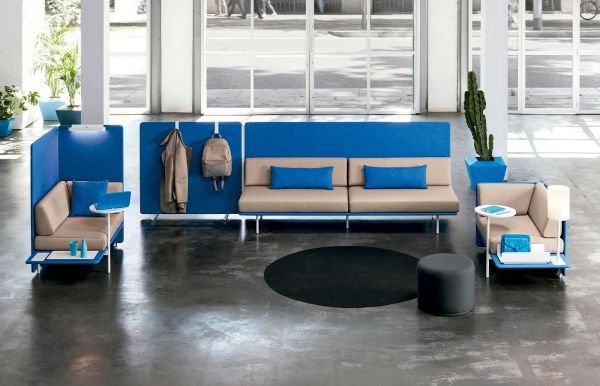
Types of breakout areas in today’s offices
The design of breakout areas offers many possibilities. From a cafeteria area, to a transit area or a soft seating area, one of the big trends in offices in 2022.
In Ofita’s latest ebook, entitled “3×4=12. The formula for the new workspaces”, describes the 12 spaces of the new offices. Several contain breakout areas, which corroborate that they are essential in today’s offices.
For example, breakout areas include Reception, the Park – where workers can relieve stress and recharge their batteries in a natural environment – and soft seating areas.
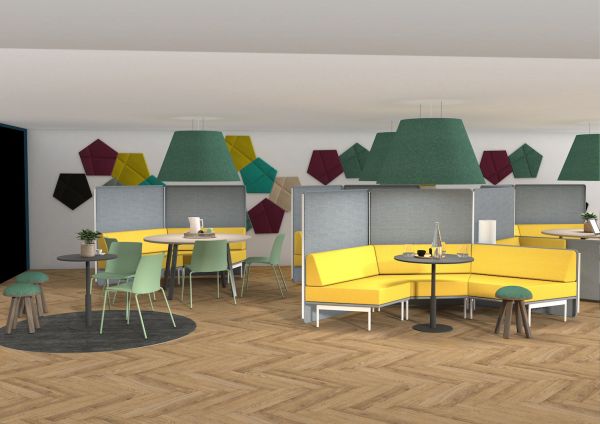
Soft seating areas, working like at home
Soft seating areas invite you to feel at home. They have blurred the boundaries between office and home design. While homes have become offices, offices are visibly transforming into feel-good, home-like zones.
Soft seating represents the perfect place for casual and informal interactions. They are very popular areas in dining and entertainment venues, and we have found that this works in workplaces too.
Having a soft seating space where you can unwind from your routine workplace, have a more colloquial meeting with a colleague, make a quick phone call or any individual task is an option that benefits both employees in terms of wellbeing and companies in terms of productivity.
These spaces require comfortable furniture with a multi-purpose design that welcomes workers, providing them with well-being, such as the armchairs in the Meet UP! collection.
The relaxation areas in the office, in short, by being less rigid and formal, help to stimulate creativity and help people to give the best of themselves. The office is also no longer just functional; it conveys culture and with this type of space it should promote other parameters such as the user’s wellbeing.
The office is the place where ideas, moments and experiences arise and are shared, the meeting point; a place where we now go because we choose to, therefore, its design must be centred on people, helping them to be more efficient and also providing them with a safe and comfortable environment.
